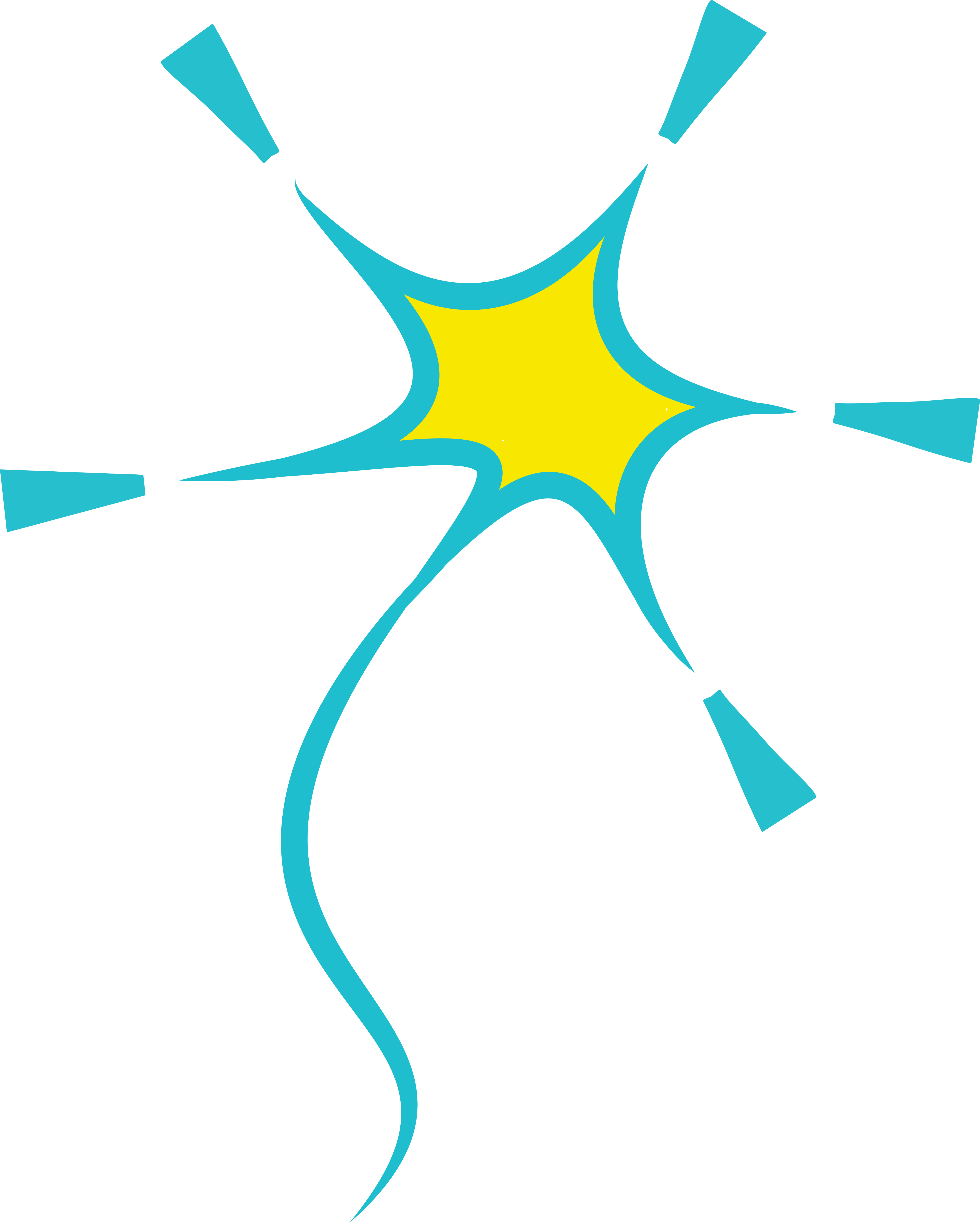BONUS: How neurons encode information about the world#
People who study perceptual neuroscience often ask questions such as “what kind of stimulus would cause this neuron to fire action potentials?” This is often a good question, because many neurons in sensory and perceptual areas of the brain respond to specific external stimuli by firing action potentials (sudden ‘spikes’ or jumps in the membrane potential).
The video below is about a pioneering study in visual neuroscience where an electrode was inserted into a cat’s visual cortex as the animal is staring at stimuli shown on a screen. Listen for popping sounds in the audio at around 0:50 (50 seconds after video begins). The popping sound is because of action potentials fired by a neuron that responds to the moving linear edge of the display slide.
Neurons are also known to store other kinds of information through action potentials, such as information from other senses and movement signals, to name a few. A key principle underlying our modern understanding of how neurons store and convey information is distributed coding. This means that it is not individual neurons that code for specific concepts, memories, or behaviors, but an entire sets of neurons that are often widely distributed.
It turns out that many neurons can also encode information without using action potentials. These neurons are typically harder to analyze and study.
